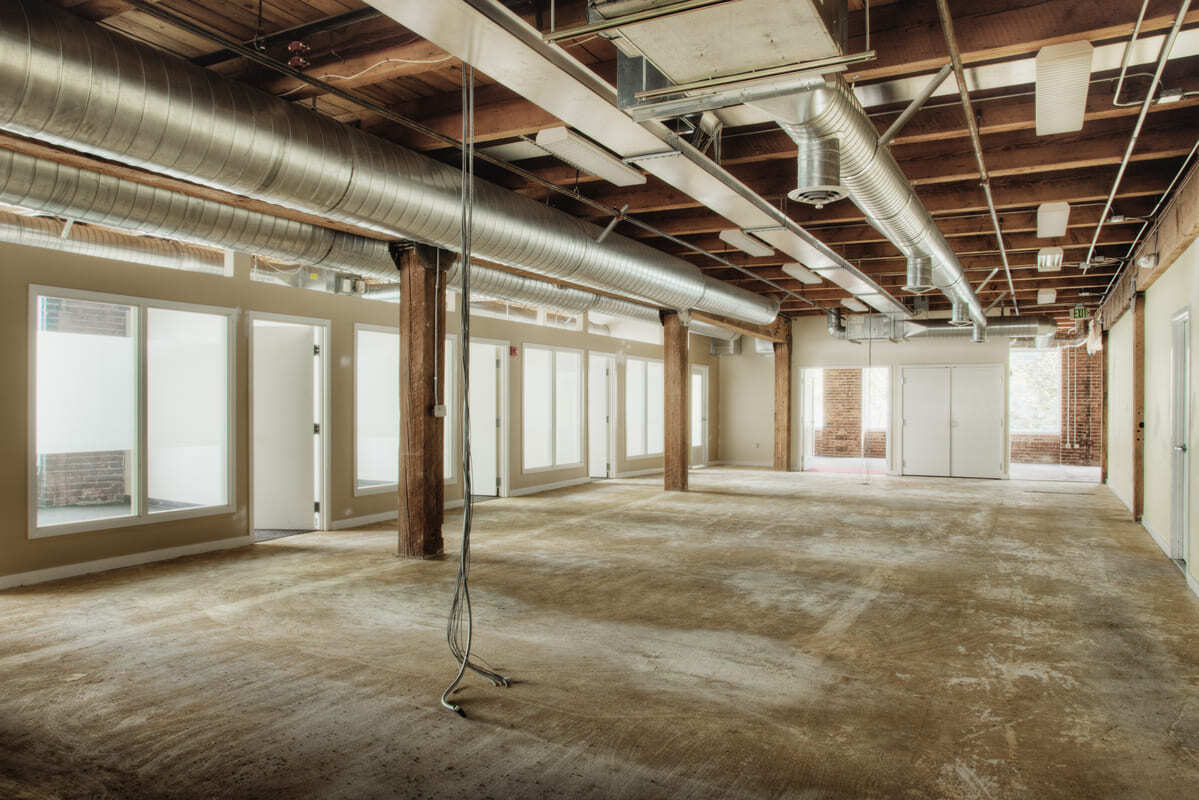 Californians are known to love their cars, and their affection often shows up in how they care for them and how long they last.
Californians are known to love their cars, and their affection often shows up in how they care for them and how long they last.
Regular oil checks? Check. Regular air filter checks? Check. Regular fluid checks? Double check.
And if these car lovers hear a strange noise coming from their engine or their brakes, they step on the gas to their favorite mechanic, knowing full well that a complex piece of machinery such as their vehicle only makes strange noises when something is wrong. Better to get what is hopefully a minor problem fixed now before the car stalls or breaks down, resulting in a much more costly repair (not to mention more inconvenience, stress and worry).
If you're one of “these” Californians, then Experts In Your Home already is speaking your language. We just have to persuade you that the key you hold to caring for your car so capably is the same key that will unlock the answer to ensuring that your furnace lasts longer, too. It comes down to one word: maintenance.
Longevity is Tied to the “M word”
The home heating technicians at Experts In Your Home are no fans of scare tactics, but we do believe in the value of cautionary tales. And we've seen plenty of sad endings in furnaces that conk out after only five or seven years – well before their time.
Most of the furnaces Experts replaces are between 12 and 15 years old – a respectable lifespan. We have often quoted one of the U.S. Department of Energy's benchmarks for deciding whether to repair or replace a malfunctioning furnace: once a furnace approaches the 15-year mark, you might be spending your hard-earned money on a furnace that won't last much longer.
This said, Experts In Your Home's heating technicians have come across plenty of furnaces that are 20 years old and older and are still running strong. They're obviously not as fuel-efficient as today's Energy Star furnaces, and therefore cost more to run, but there's no pressing need to replace them, either.
Spell Out the “M word” to Drive the Point Home
You might regard a 20-year-old furnace as a relic – maybe even an antique. Ironically, a 20-year-old car is technically considered an antique, too. And the key to keeping them both running smoothly and lasting longer is that “M word.”
When Experts In Your Home's heating technicians perform annual maintenance on a furnace, they take it from the top – and they're happy to spell out the steps in this all-important “tuneup”:
M stands for making sure that we know exactly if any “funny noises” are streaming from your furnace so that we can attack this urgent problem first.
A stands for assuring that the burners are set for proper combustion and ignition.
I stands for inspecting the entire heating system, from the heat exchanger to the thermostat.
N stands for not assuming that your furnace filter is in good shape; we slide it out and hold it up to a light. If it's stuffed with dust and dirt, we replace it.
T stands for tightening the electrical connections and measuring the voltage.
E stands for eliminating concerns about high levels of carbon monoxide emissions by conducting a CO test.
N stands for negating any issues regarding poor indoor air quality, which can be the first sign of furnace trouble.
A stands for assessing the condition and tension of the fan belt.
N stands for noticing whether you're closing too many of your registers in unused or under-used rooms, which could place needless stress on your furnace.
C stands for cleaning your furnace thoroughly since dirt and grime pose the biggest threat to your furnace's reliability and longevity.
E stands for ensuring that the chimney and flue are in good condition.
While it's ideal to schedule a furnace tuneup in the fall, it's never too late in the season to schedule one. Call Experts In Your Home or request a heating service quote and you'll derive one of the main benefits of furnace maintenance; your furnace will end up with a winning time at the finish line that you never thought possible.








